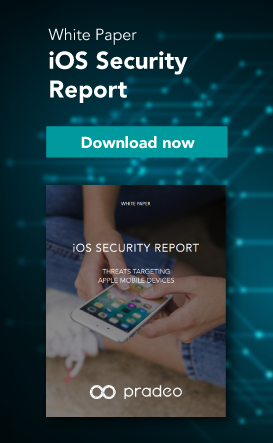Mobile banking is a 24/7 remote service offered by banks and financial institutions to their clients. It is delivered through mobile applications and allows to monitor account balances, follow transactions, make fund transfers, etc.
The mobile banking service has quickly been embraced by consumers, as 79% of US internet users had downloaded their bank’s mobile application in 2017, according to a study by Market Force Information. In 2018, Mobile banking usage keeps skyrocketing with a nearly 50% increase in usage year over year, according to The Citi Mobile Banking Survey.
Increasing mobile banking adoption and customer expectations put banks under pressure and the question is no longer to offer an application, but to feature cutting-edge services and ensure the best protection from data theft and fraud. To stay ahead of the competition, major banks as well as community banks and credit unions quickly developed their mobile applications, which they frequently update with new capabilities.
In this race against time, mobile application security is often left aside. Several studies led by the Pradeo Lab show that mobile banking applications have an average of 20 vulnerabilities and are rarely equipped to face the sophisticated mobile threats lurking on them.
In order to ensure the protection of sensitive data, governments and authorities are publishing more and more laws ruling the use of personal data as well as the mobile banking sector.
Discover in this white paper dedicated to mobile banking:
- The state of mobile banking security
- The mobile banking regulatory framework
- Mobile threats targeting the banking industry
- The consequences of an attack
- How to prevent data theft and fraud



-1.png)
-1.png)
.png)

